Imagine holding a toy you crafted yourself. With 3D printed toys, this dream becomes a reality. You can design toys that reflect your personal style or create special gifts for loved ones. Plus, you can save a significant amount of money—people often save between 40% to 90% by making unique 3D printed toys instead of purchasing them. The enjoyment goes beyond just the design process; playing with something you made is an exhilarating experience.
Key Takeaways
- 3D printing helps you make toys that match your style. You can design things like action figures or puzzles. It’s a fun and creative activity.
- 3D printing can save money, cutting costs by 40% to 90%. It’s also eco-friendly since it reduces waste and uses recycled materials.
- Start with easy designs and move to harder ones later. Use simple software and printers first to learn and gain confidence.
Why 3D Printing is Perfect for Toys
Overview of 3D Printing for Beginners
Starting with 3D printing might seem hard, but it’s simple. You don’t need to be a tech expert to try it. Easy-to-use tools like the Toybox 3D printer make it fun. Even with no experience, you can start making toys quickly. Think about creating your own action figures or puzzles—how awesome is that?
More schools are using 3D printing every year. Did you know 57% of teachers already use it in class? It’s not just about printing; it teaches creativity and problem-solving. Over 10 million toys have been made by kids using platforms like Toybox. This shows how fun and easy 3D printing is for everyone.
|
Statistic Description |
Value |
|---|---|
|
Growth of 3D printing in schools |
|
|
Annual growth rate (2023-2028) |
13.64% |
|
Teachers using 3D printing |
57% |
|
Teachers using printed parts |
36% |

How 3D Printing Transforms Toy Design
3D printing lets you design toys your way. You don’t have to buy what’s in stores. Instead, you can make toys from your imagination. Want a flying dinosaur or a robot puzzle? You can create it.
This technology makes toy-making faster and cheaper. A study by Petersen et al. (2017) shows how 3D printing is changing the toy world. It’s not just about saving money; it’s about making toys anytime you want.
With 3D printing, you can try different shapes, sizes, and moving parts. You can make action figures, game pieces, or interactive toys. Printing on demand means you can change designs and test ideas without wasting materials. It’s like having your own toy factory at home!
Benefits of 3D Printed Toys
Creativity and Personalization
Think about making a toy that’s totally unique. With 3D printed toys, you can turn your ideas into real things. You could make a custom action figure or a puzzle with your name on it. The choices are endless. You don’t have to settle for store-bought toys anymore. Instead, you can create toys that match your style or hobbies.
Platforms like Toybox Labs make this even cooler. They let you print toys, including characters like SpongeBob SquarePants and Minions. It’s not just fun for kids—it’s great for collectors too. You can design for yourself or others and make something truly special.
Tip: Begin with simple designs. Try harder ones as you improve.
Cost-Effectiveness and Sustainability
3D printing isn’t just creative—it’s also smart for saving money and helping the planet. Regular toy-making wastes materials, but 3D printing uses only what’s needed. This means less waste and lower costs.
Here’s how 3D printing helps the environment:
- Less Waste: It uses just the right amount of material.
- Recycled Materials: Companies like Filamentive turn old plastics into new filaments.
- Smart Printing Tools: Software saves materials and money by planning better.
- Efficient Techniques: Special methods make toys lighter and stronger with less material.
By using recycled materials and smart methods, you save money and help the Earth. Plus, making 3D printed toys can cost 40% to 90% less than buying them in stores. That’s good for your wallet and the planet!
On-Demand Production for Unique Toys
Ever wanted a toy that no one else has? With 3D printing, you can make it yourself. On-demand production means you don’t have to wait for stores to restock.
This method is super efficient. Studies show 3D printing could save people over $60 million a year by cutting down on mass-produced toys. You can test designs, sizes, and features without wasting materials. Whether it’s a game piece or an interactive toy, you can make it fast and cheap.
Did you know? The toy market could grow huge with 3D printing, reaching $135 billion by 2020.On-demand production isn’t just easy—it helps kids learn. By using 3D printing, kids can build creativity and problem-solving skills for the future.
Step-by-Step Guide to 3D Printed Toys

Picking the Best 3D Design Software
To make cool 3D printed toys, start with good software. Don’t worry if you’re new—there are tools for everyone. Some are easy to use, while others have advanced features for experts.
Here are some popular options:
- SketchUp: Great for simple designs. It’s beginner-friendly and costs $49.99/month.
- Blender: Free and open-source, perfect for detailed 3D models.
- Maya: A professional tool for advanced designs, priced at $245/month.
- SolidWorks: Exports 3D printable files easily for testing toy designs.
- Adobe Dimension: Makes realistic 3D mockups, costing $49.99/month.
If you’re just starting, try Blender or SketchUp. They’re simple and won’t confuse you. Once you’re confident, explore advanced tools like Maya or SolidWorks.
Tip: Begin with basic shapes like cubes or spheres. Move to harder designs like puzzles or action figures as you improve.
Choosing Safe and Strong Materials
For 3D printed toys, safety and strength are important. Picking the right material makes toys fun and safe to use.
Here’s how toy safety is tested:
|
Test Type |
Purpose |
|---|---|
|
Design Review |
Spots safety problems early. |
|
Prototype Testing |
Finds flaws before making the toy. |
|
Final Product Testing |
Checks if the toy meets safety rules. |
|
Physical and Mechanical Testing |
Tests if the toy is strong and safe to play with. |
|
Chemical Testing |
Ensures no harmful materials are used. |
|
Flammability Testing |
Checks if the toy resists catching fire. |
For safe toys, use PLA or PETG materials. PLA is non-toxic and biodegradable, great for kids. PETG is stronger and flexible, good for rough play.
Note: Always check if the material meets safety standards like ASTM F963 or EN71 before using it.
Finding a Beginner-Friendly 3D Printer
After choosing your design and materials, pick a printer. Beginners should get a simple printer that’s easy to use.
Look for these features in a printer:
- Easy to Use: Simple controls and clear instructions are a must.
- Good Print Quality: The printer should make smooth, detailed toys.
- Capabilities: Check the size and temperature range for your needs.
- Support: Choose brands with helpful customer service and guides.
Popular beginner printers include Toybox 3D, Creality Ender 3, and Prusa Mini. These are affordable, reliable, and great for toy-making.
Fun Fact: The Toybox 3D printer is made for kids, perfect for family projects!
Printing and Putting Together Your Toys
Now it’s time to print your toy. Load your design file into the printer’s software. Most printers use STL or OBJ files, so save your design in one of these formats.
Follow these steps to print your toy:
- Set Up the Printer: Load the filament and level the print bed.
- Upload Your Design: Add your 3D model to the printer’s software.
- Adjust Settings: Choose the print speed, temperature, and layer height.
- Start Printing: Press print and watch your toy take shape!
- Assemble the Toy: Put the parts together after printing.
Pro Tip: Sand the edges for a smooth finish. Paint your toy to make it colorful!
Making 3D printed toys is fun and satisfying. With the right tools, you can turn your ideas into real toys and enjoy creating something special.
Popular 3D Printed Toy Ideas
Fidget Toys and Brain Teasers
Fidget toys and puzzles are great for keeping busy. With 3D printing, you can make spinning tops, puzzles, or stress cubes. These toys are fun for both kids and adults. You can even design them in your favorite colors or patterns.
These toys are small, easy to carry, and quick to print. Platforms like Toybox Labs help you create toys that match your style. You can also try different designs to challenge yourself or friends. From maze puzzles to brain teasers, these toys are always popular.
Tip: Begin with simple toys like spinning tops. Try harder puzzles later.
Articulated Action Figures
Think about making your own action figure. With moving joints, these figures can pose like store-bought ones. You can design superheroes, robots, or animals. The coolest part? You choose the size and details.
These figures are fun to make and collect. They’re also great for selling as custom toys online. Platforms like Thingiverse offer free templates to get started.
Fun Fact: Some people use 3D printing to make figurines for games or displays.
Educational and Interactive Toys
Learning is more fun with educational toys. With 3D printing, you can make braille blocks or alphabet sets. These toys help kids learn while playing.
Interactive toys like STEM kits or play sets make learning exciting. Teachers say students learn better with hands-on tools. Adaptive tools like pencil grips or boards help everyone learn.
|
Outcome Type |
Description |
|---|---|
|
Better Engagement |
Students join classroom activities more often. |
|
Improved Skills |
Tools help with reading, writing, and math. |
These toys are fun and teach creativity and problem-solving.
Customizable Game Pieces
Custom game pieces are perfect for board or card games. You can design tokens, dice, or figurines to match your favorite themes. With 3D printing, you can make games more exciting.
These pieces are great for family nights or gifts. Try different shapes, sizes, and colors to make them unique. From chess sets to Dungeons & Dragons figures, the options are endless.
Pro Tip: Use PLA for light pieces or PETG for stronger ones.
Enhancing the Play Experience
Finishing Techniques for a Professional Look
Once your toy is printed, it’s time to give it that polished, professional look. Start by sanding the edges to remove any rough spots. Use fine-grit sandpaper for a smooth finish. If your toy has intricate details, a small file or sanding stick can help you reach tight spaces.
After sanding, consider applying a primer. This step helps hide layer lines and prepares the surface for painting. Spray primers work best for even coverage. Once the primer dries, you can paint your toy using acrylic paints. These are easy to use and come in a variety of colors. For a glossy or matte finish, seal the paint with a clear coat spray.
Tip: Work in a well-ventilated area when using sprays or paints.
Ensuring Safety for Kids and Pets
Safety should always come first, especially if kids or pets will play with your toys. Choose non-toxic materials like PLA for 3d printing. It’s biodegradable and safe for children. Avoid sharp edges or small parts that could pose choking hazards.
Before handing over the toy, inspect it carefully. Check for loose pieces or weak spots that might break during play. If you’re unsure about the material’s safety, look for certifications like ASTM F963 or EN71. These ensure the toy meets safety standards.
Note: Always supervise young children when they play with 3d printed toys.
Adding Colors and Textures to Your Toys
Adding colors and textures can make your toys more exciting and unique. You can use multi-colored filaments during 3d printing to create vibrant designs. If you prefer painting, acrylic paints are a great choice. They dry quickly and allow you to mix custom shades.
For textures, try using embossing or engraving techniques in your design software. This adds depth and detail to your toys. You can also experiment with different finishes, like metallic or glow-in-the-dark paints, to make your creations stand out.
Fun Idea: Add stickers or decals to personalize your toys even more!
Creating your own toys with 3d printing is easier than ever. You can bring your ideas to life and enjoy the process from start to finish. Why wait? Dive into this exciting world today. Let your creativity shine and explore the endless possibilities waiting for you!
FAQ
How long does it take to print a toy?
It depends on the toy's size and complexity. Small toys take 1-2 hours, while larger ones may need 5-10 hours.
Can I use any 3D printer for toys?
Most 3D printers work for toys, but beginner-friendly models like Toybox or Creality Ender 3 make the process easier.
Are 3D printed toys safe for kids?
Yes, if you use non-toxic materials like PLA and avoid sharp edges or small parts. Always check safety standards before printing.

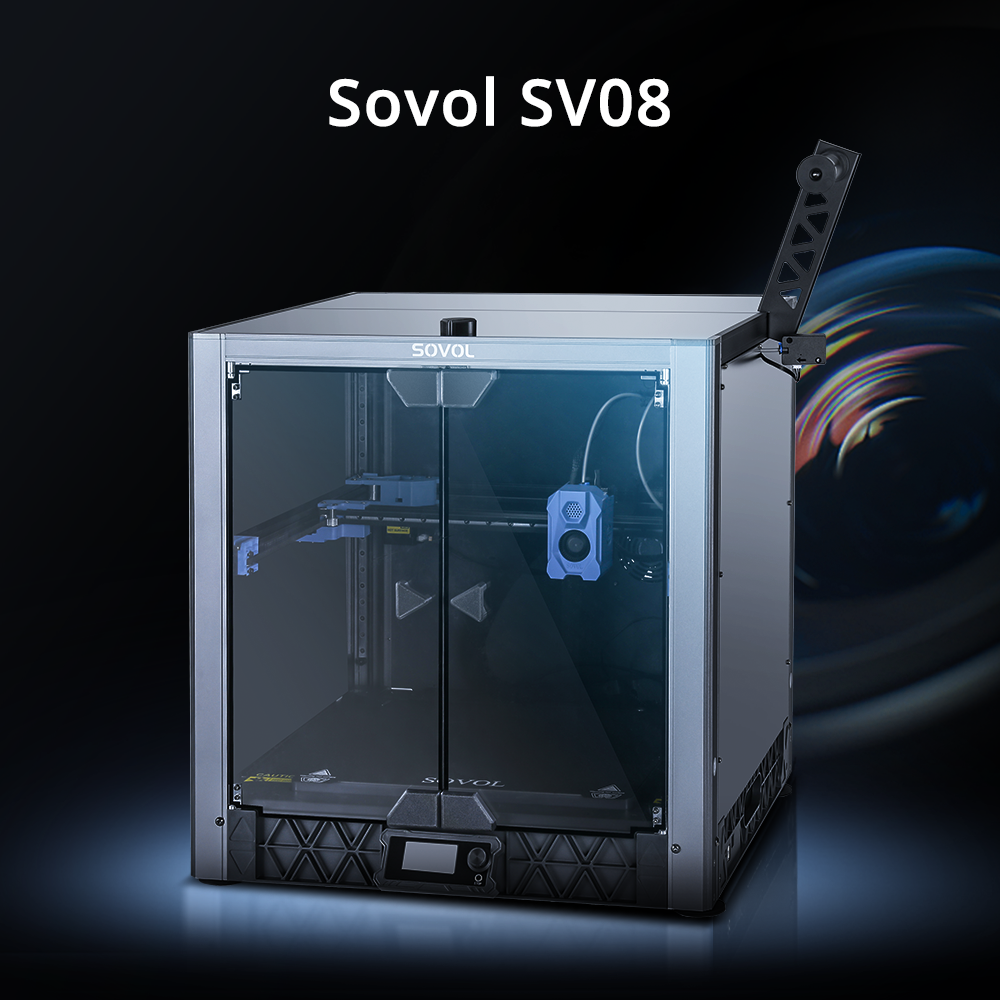
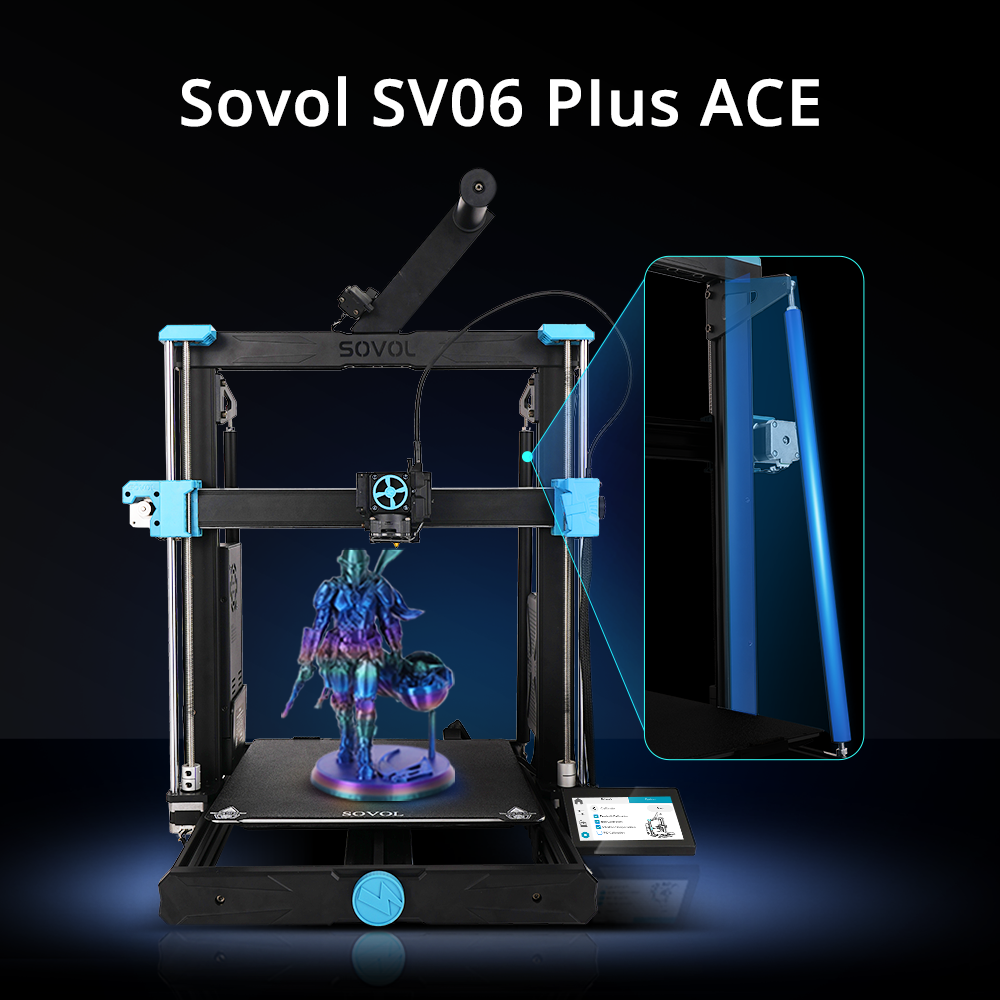
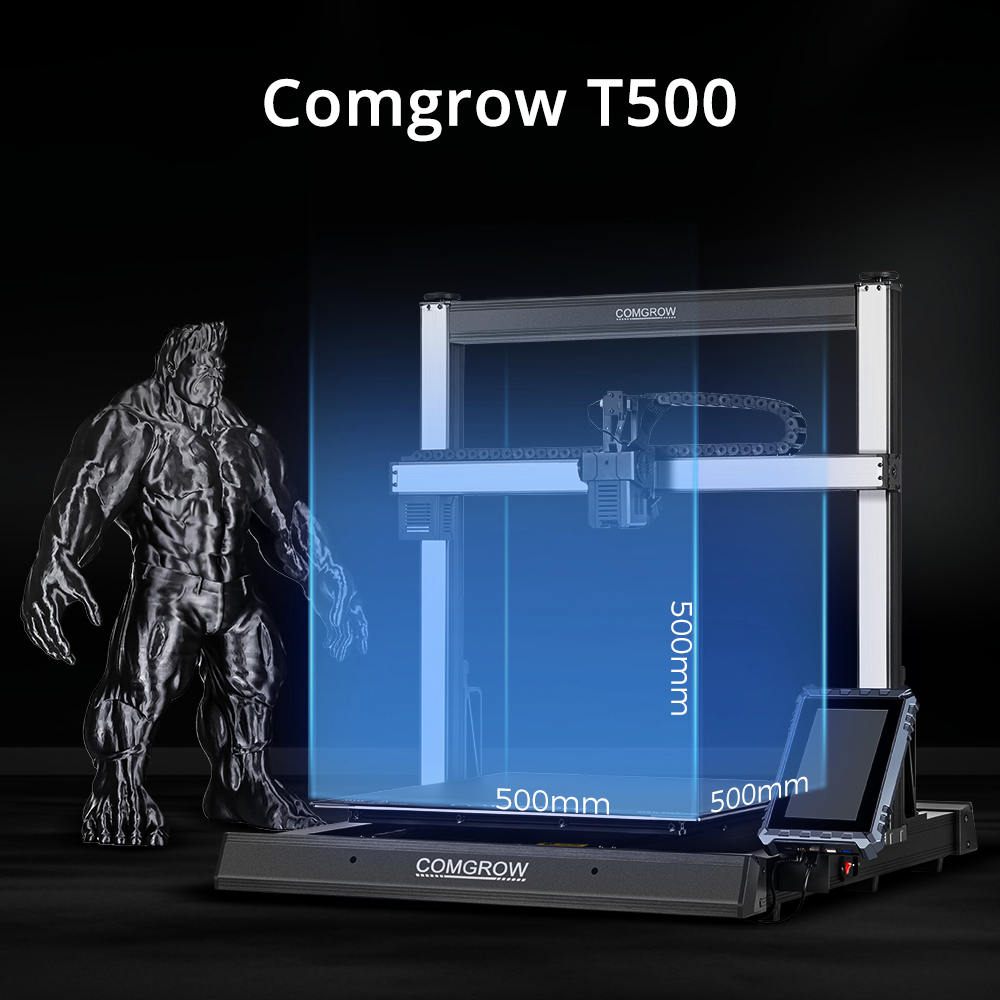
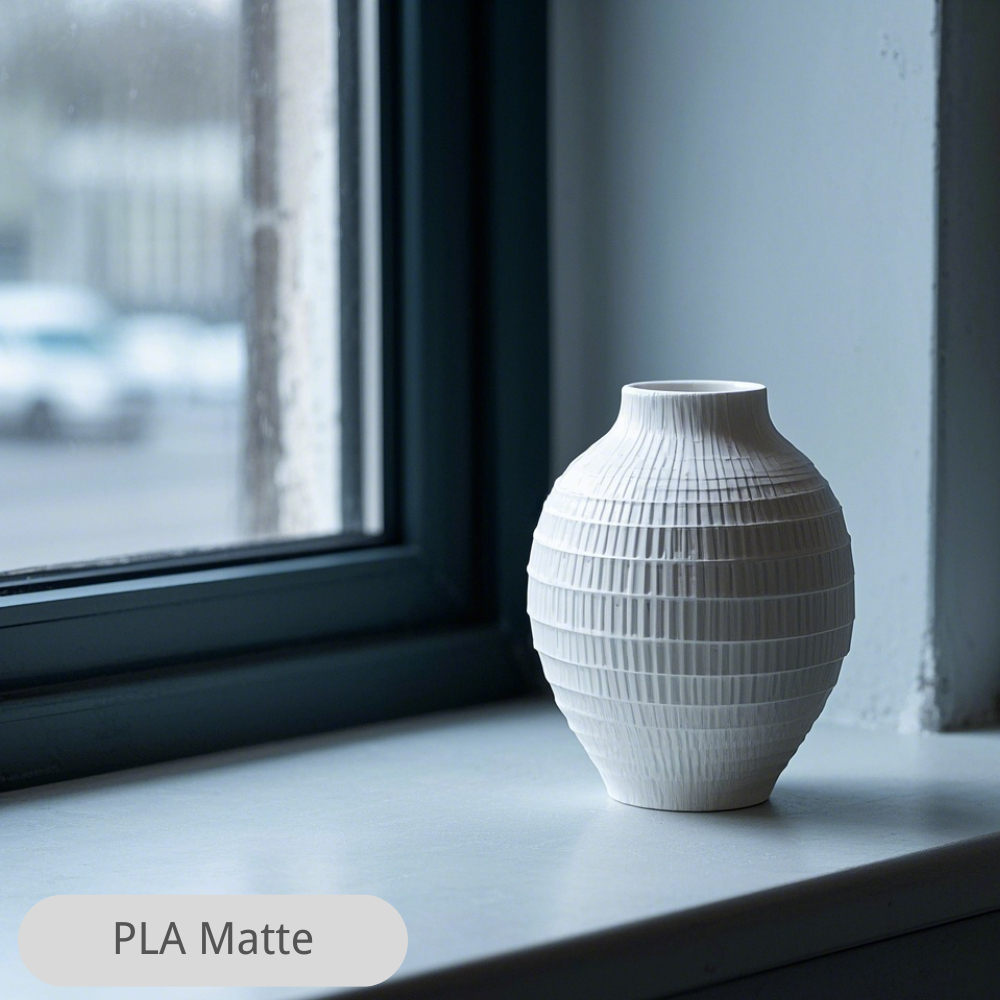
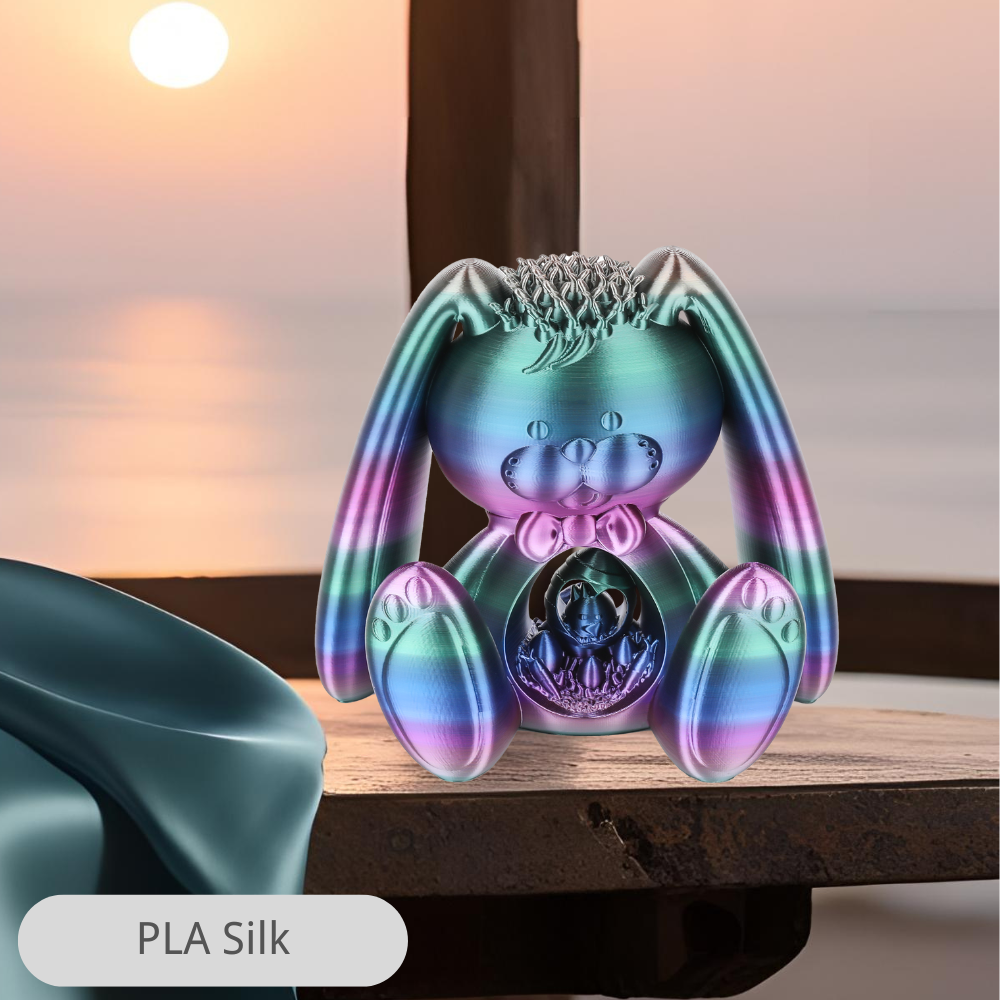
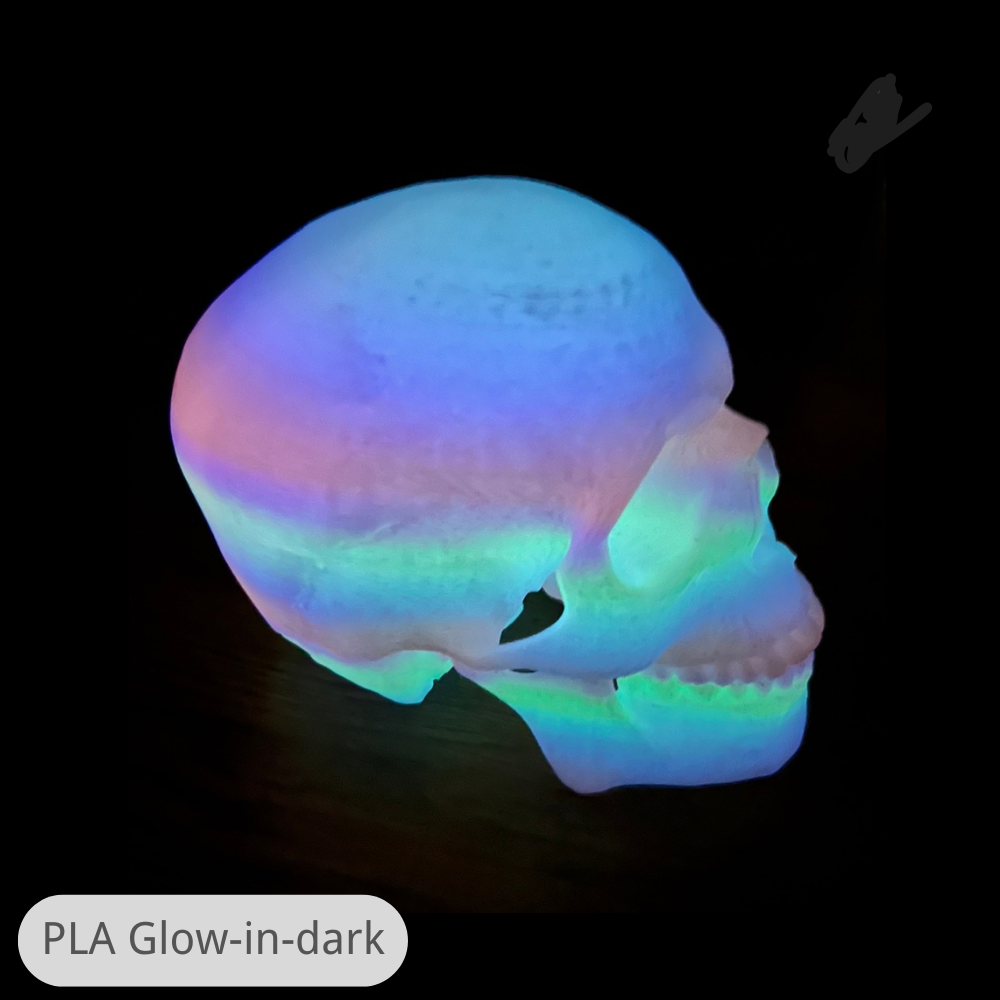
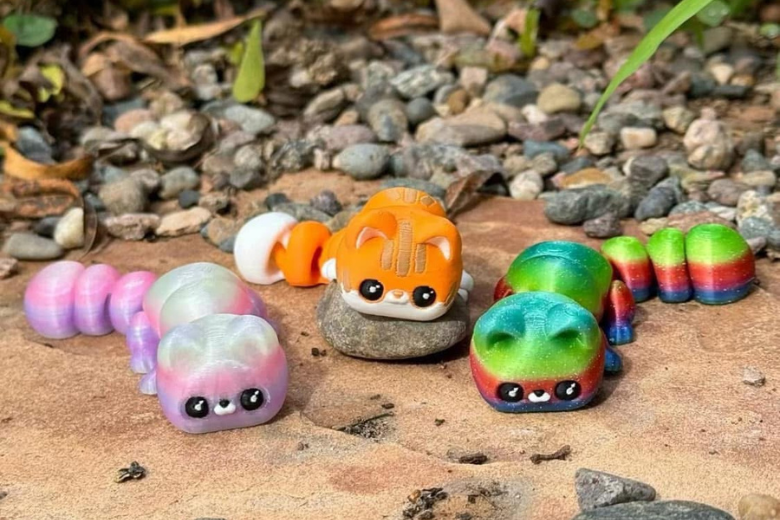



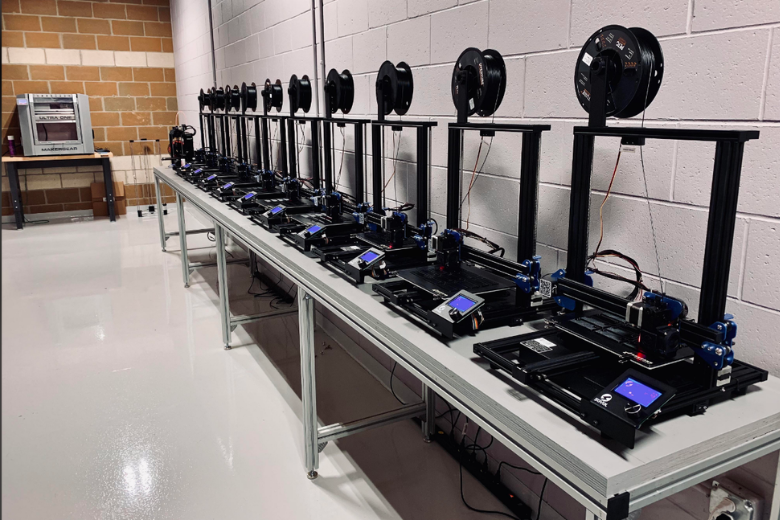
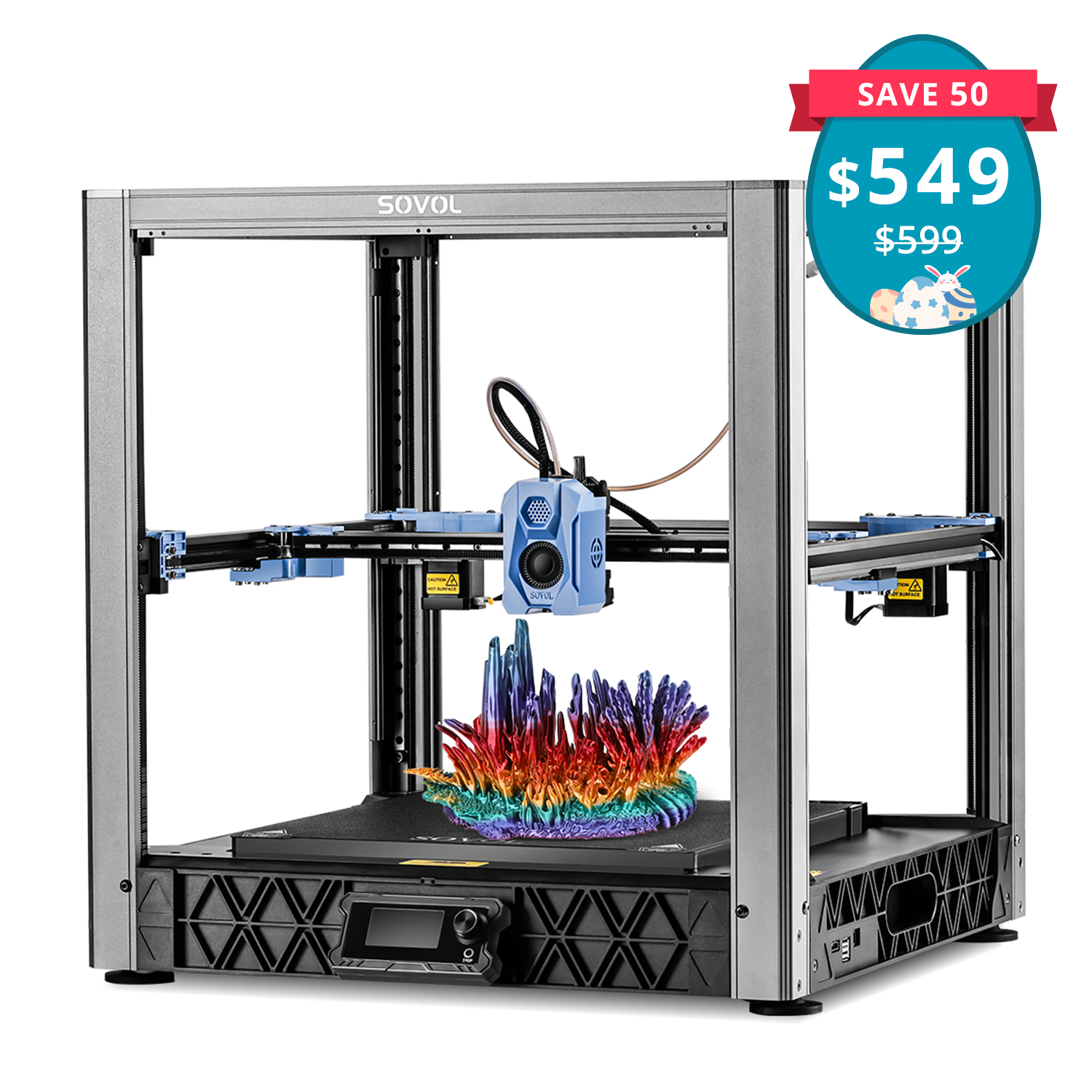

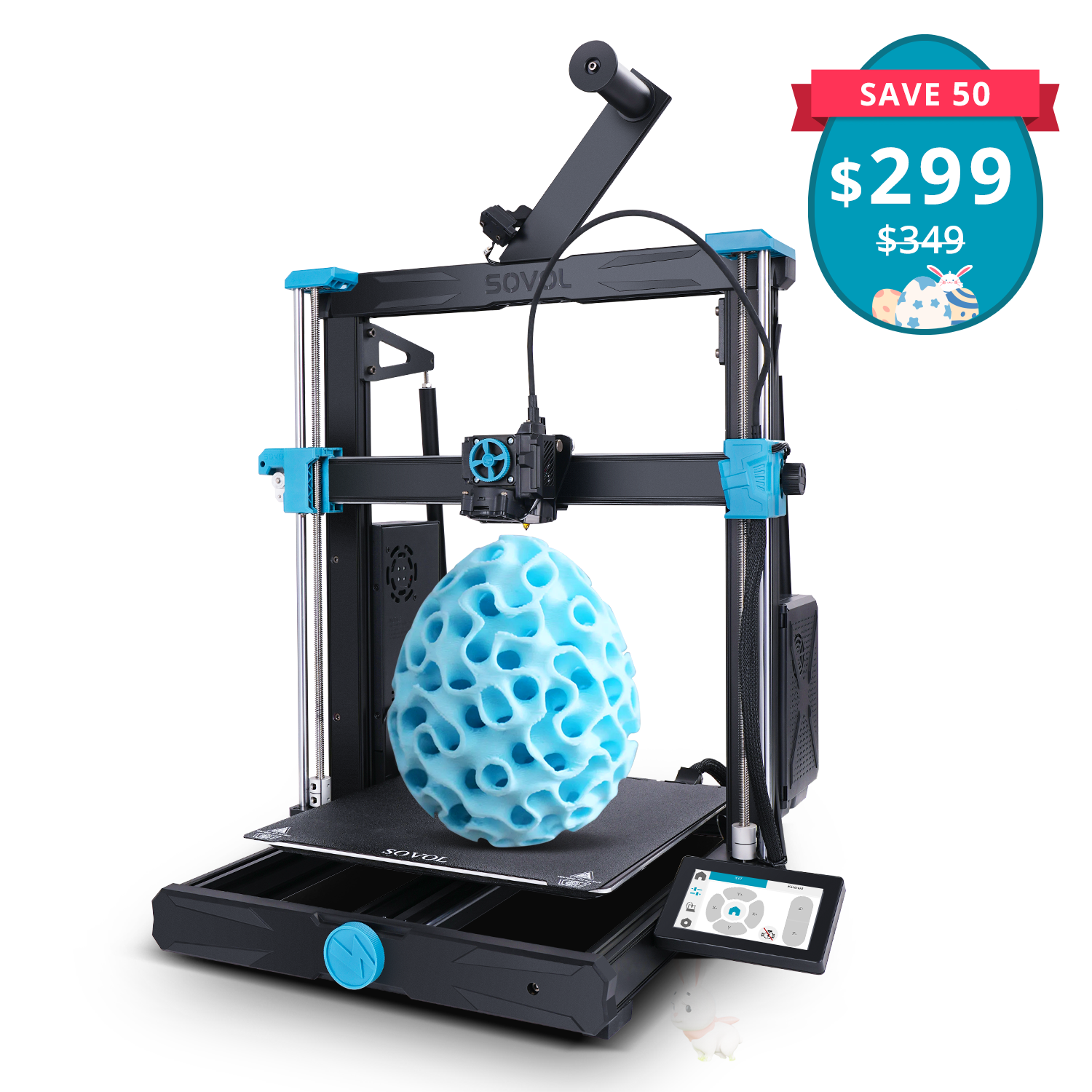
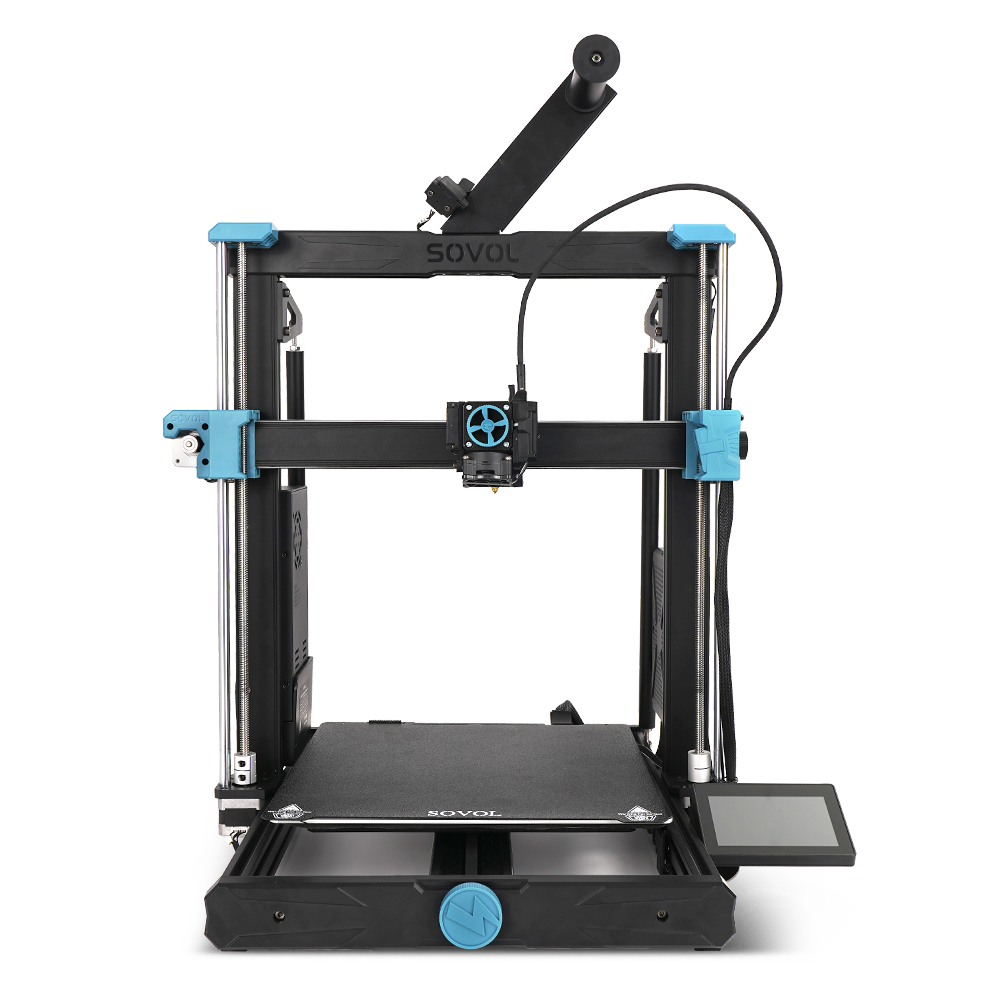
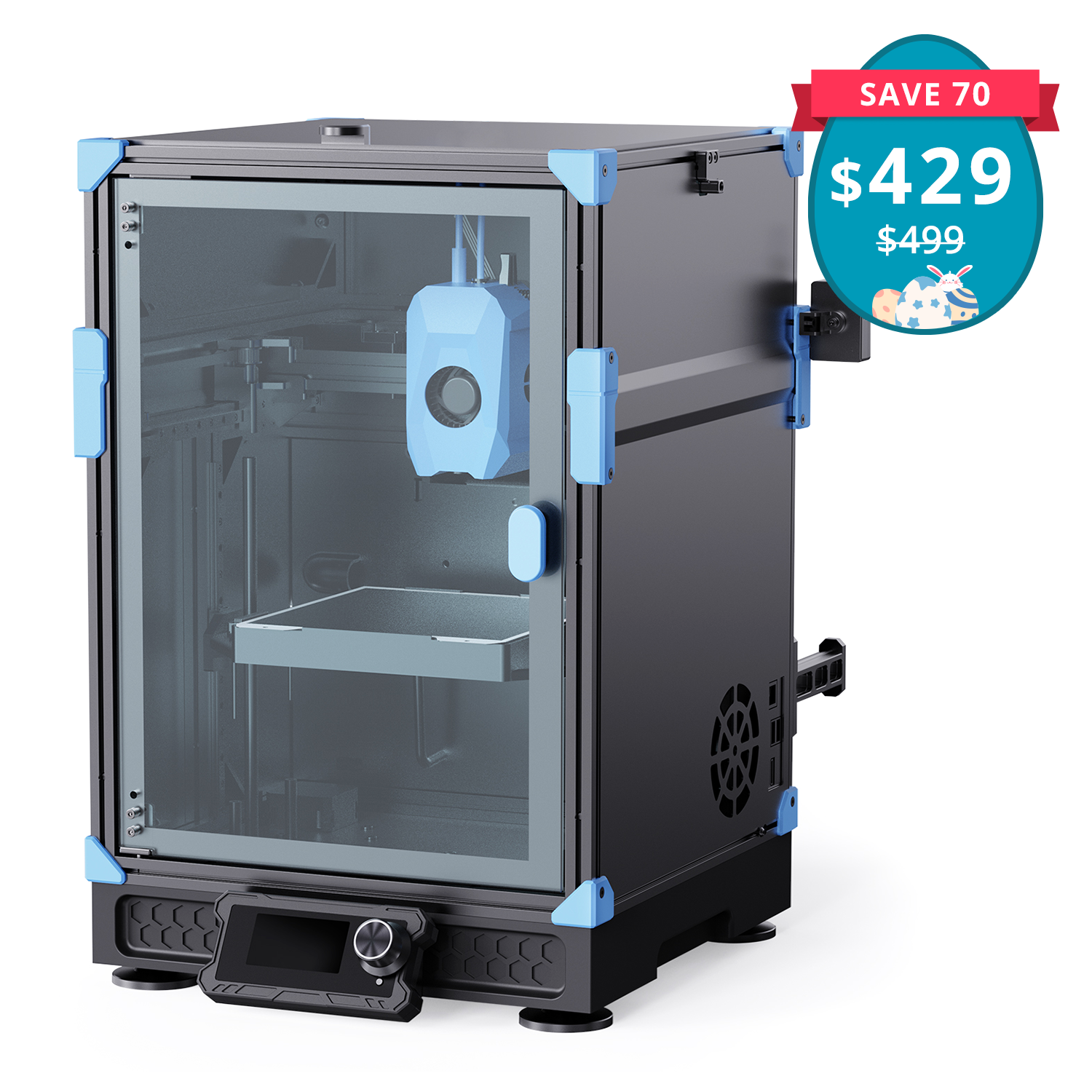
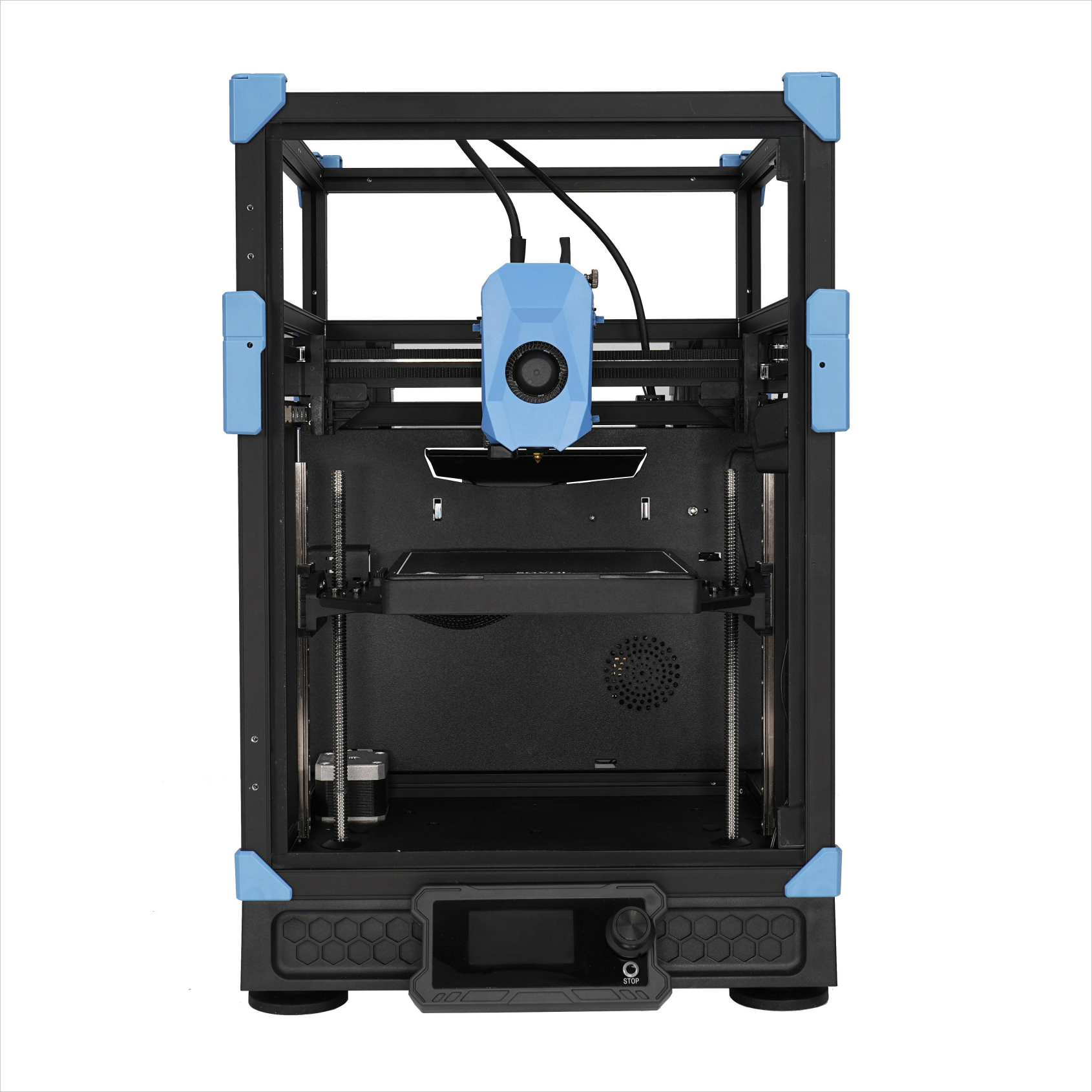
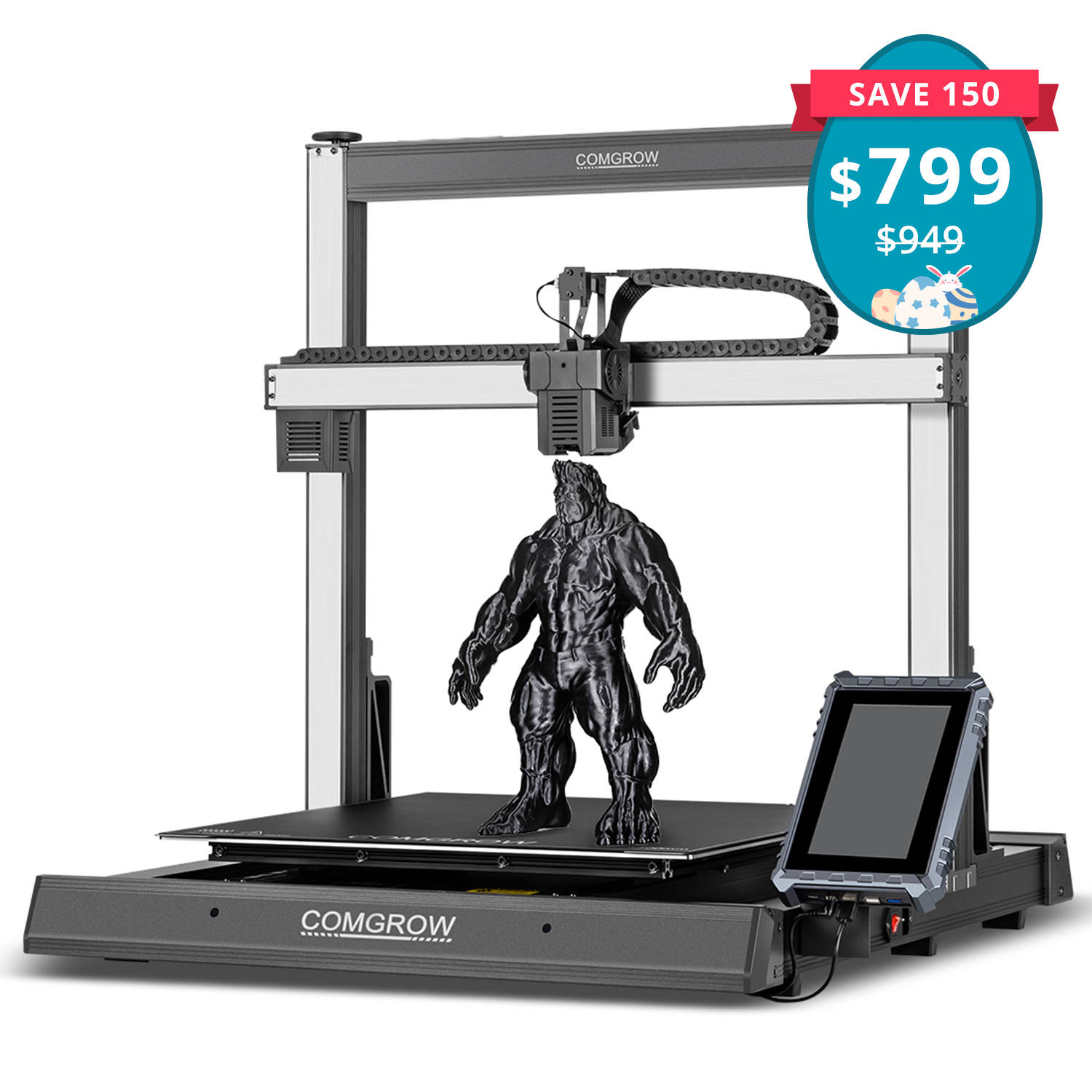
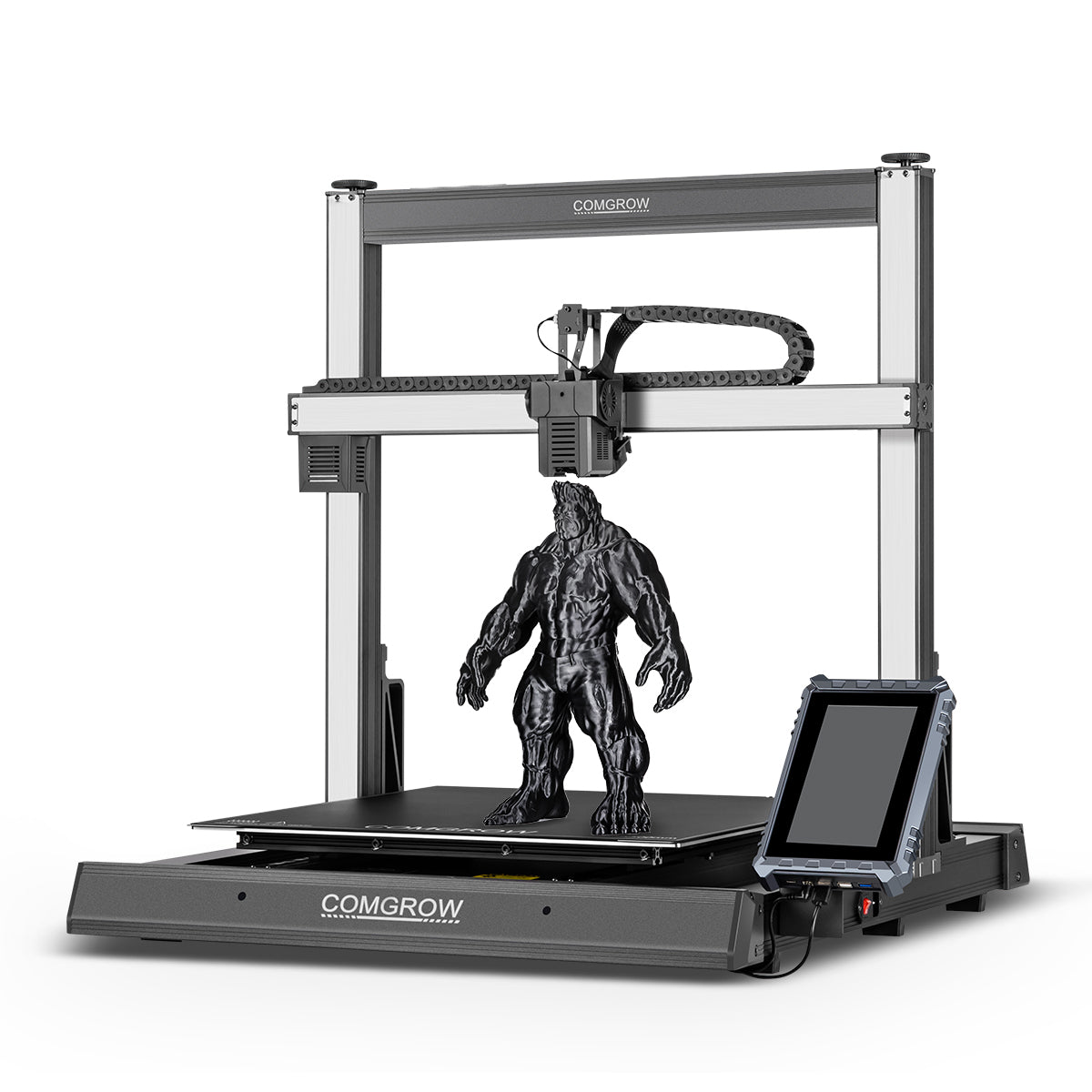
Zostaw komentarz
Wszystkie komentarze są moderowane przed opublikowaniem.
Ta strona jest chroniona przez hCaptcha i obowiązują na niej Polityka prywatności i Warunki korzystania z usługi serwisu hCaptcha.